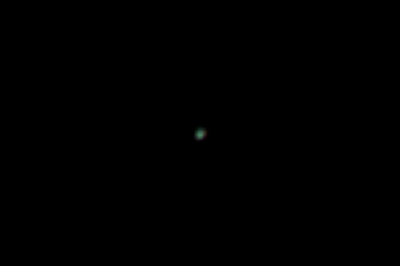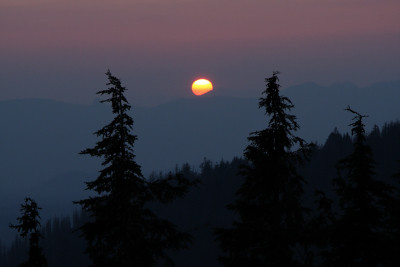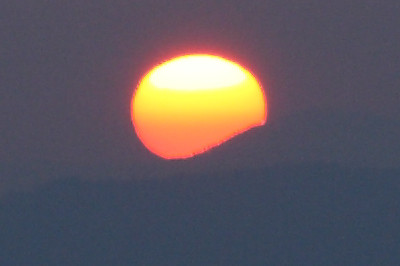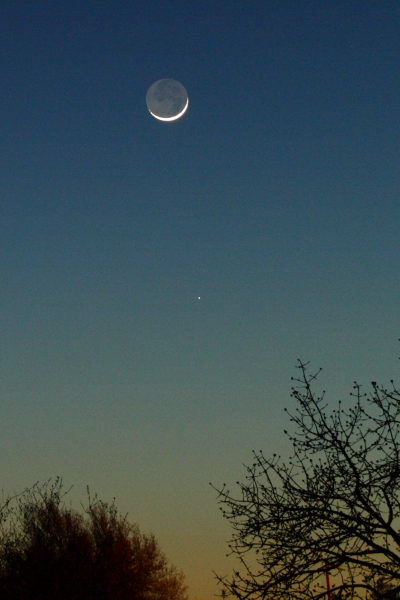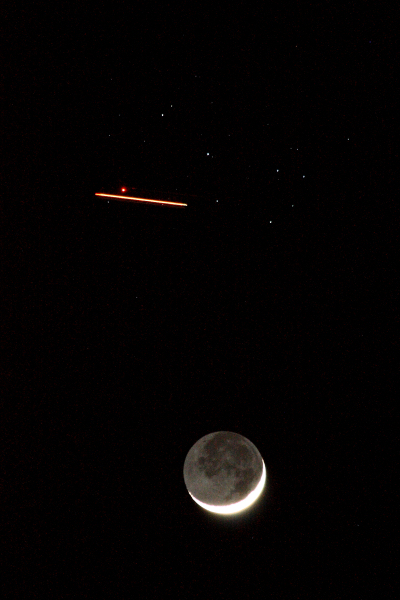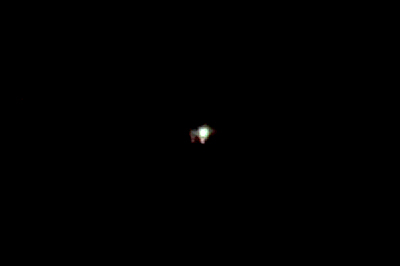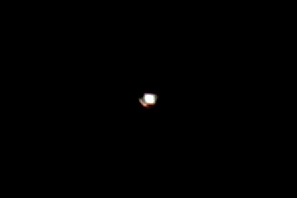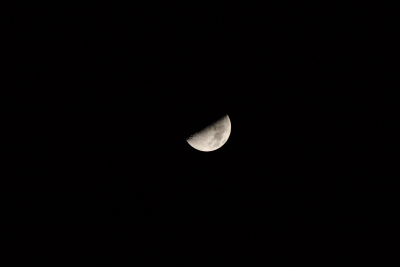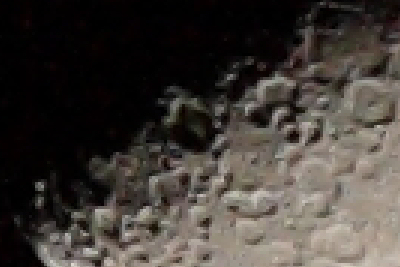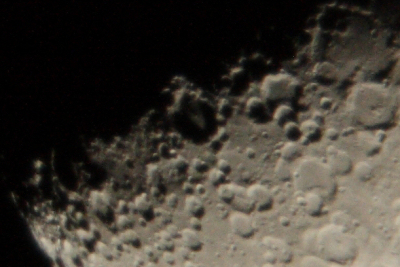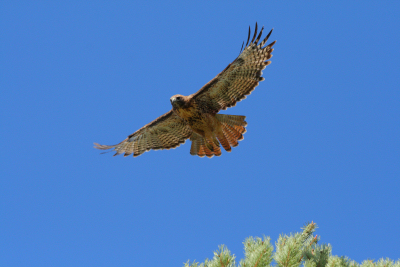
With a son who is a pilot for Mission Aviation Fellowship in Haiti, I tend to notice small aircraft -- even when they are biological in nature. David flies fixed landing gear planes like the Cessna 207 -- the wheels stay put even in flight. Most of the fancier aircraft have retractable landing gear, where the wheels fold up into the aircraft's fusilage after take-off. The reason, of course, is to reduce the air drag by streamlining the body.
The Red-Tailed Hawk is a "fancy aircraft," complete with retractable landing gear. Until I looked closely at my photos from Sunriver on October 16, I didn't realize how nicely the mechanism worked.
Here is the "big picture" sequence that we normally see from the ground:
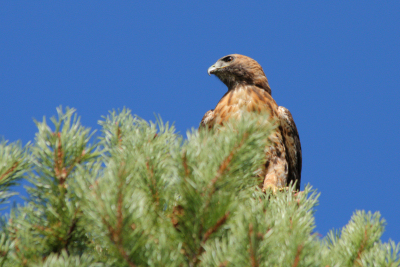
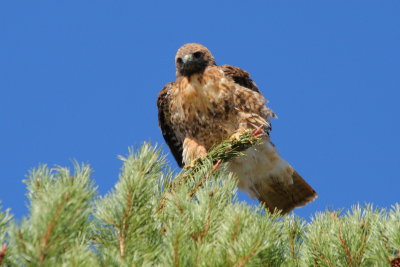
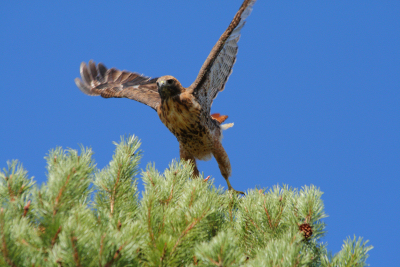


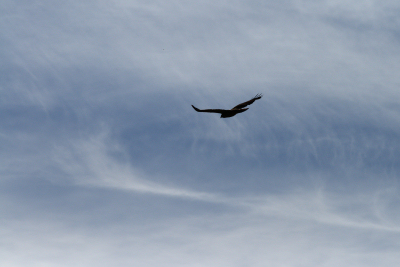
Now, here are close-ups of the "landing gear" for this magnificent avian during take-off:

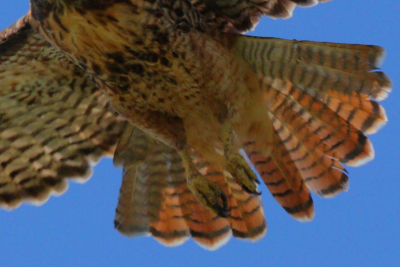
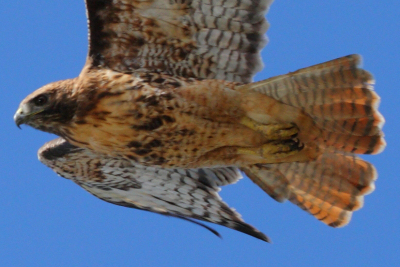

Of course, this characteristic is not unique to the Red-Tailed Hawk. All birds have a fusilage streamlining feature, showing once again that many of our modern "innovations" (like retractable landing gear) were actually invented long ago. :-)
By the way, if you like these photos, feel free to peruse all 16 scenic photos from Sunriver on my Flickr site.


